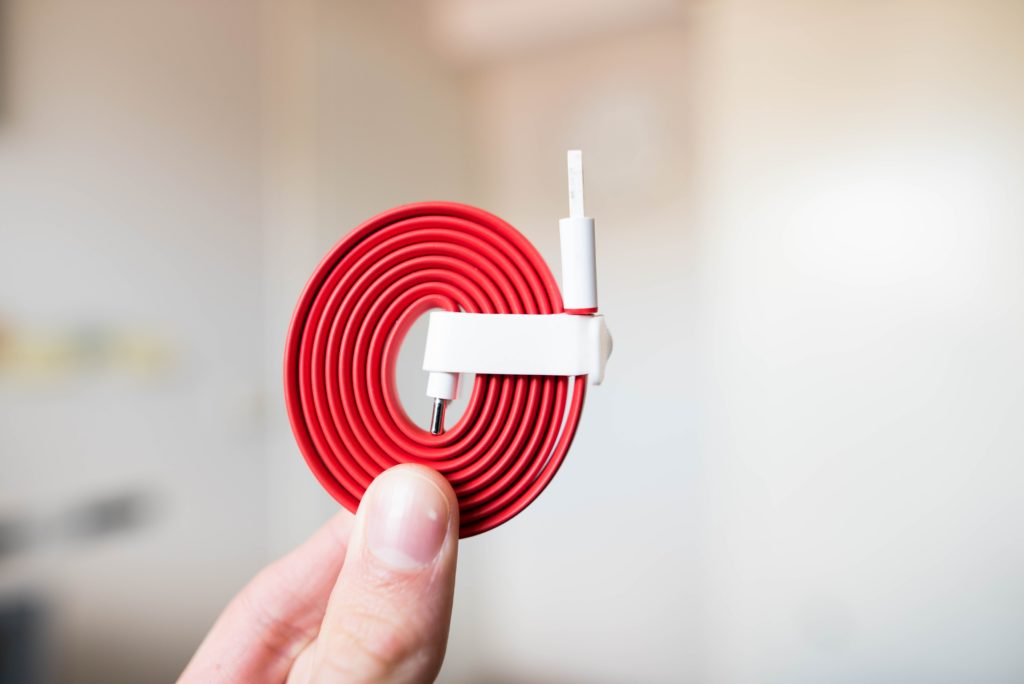You will need to know all about USB-C and Thunderbolt 3 to connect them all and also know the significance and standards of these peripherals. When you look around your house you will find that most of the electronic devices in there use a Universal Serial Bus or USB.
If you go by the market analysis and statistics you will know that on an average about 3 billion USB ports are used each year. This magnanimous figure makes these USB ports the most successful and highly demanded peripheral connection types in the whole world.

In fact, all manufacturers of modern devices are so confident with the new USB-C standards announced by Intel last year.
- Thunderbolt 3 was once thought to be the most effective USB replacement and will work much similarly a USB – C port type.
- That means, every Thunderbolt 3 port may also double as a USB-C port and for every Thunderbolt 3 cable, it will work just like any USB-C cable.
However, if you want fully understand and appreciate both USB Type-C and Thunderbolt 3, you must first get familiarized with Type-A, Type-B, and the other different versions of these.
Thunderbolt revisions
Before the advent of Thunderbolt 3 and Thunderbolt 2, the original Thunderbolt used to share the same cable port and type as the Mini Display Port of Apple. These usually had excellent data transfer speeds ranging from 10 to 20 GBPS.
However, with the older Thunderbolt standards it was found that the cable was more active. This meant that the cable itself required significant power to operate. To ensure that the cable received a steady supply of power, most Thunderbolt 1 or 2 devices then required an external power source. All these made the Thunderbolt a much costlier expensive solution because the cable itself costs about 10 times more than any other USB cable of the same length.

It is for this reason the Thunderbolt went through several revisions in the following years to emerge as the most effective and efficient usb c thunderbolt hub of the modern times. The revisions that Thunderbolt went are:
- In 2011 the Thunderbolt had a super set of Mini Display Port with a top speed of 10 GBPS to become Thunderbolt 2
- In 2013 the Thunderbolt 2 had a Mini Display Port and a super set of Thunderbolt with a top speed of 20 GBPS to become Thunderbolt 3
- In 2015 however, Thunderbolt 3 emerged with a better version with USB C port type and a Display Port PCIe Generation 3 USB 3.1 that had a top speed of 40 GBPS with a short and active cable and 20 GBPS with a long and passive cable.
All these versions of Thunderbolt allow daisy-chaining up to six devices at a time together to a host. Apart from that, it can carry high definition video as well as audio signals in addition to faster data transfer. However, the latest Thunderbolt 3 is backward compatible and uses a distinct Thunderbolt chip to function exceptionally than the earlier versions.
About the author
Trudy is a Business Tech Analyst. He is very responsible for his job. He loves to share his knowledge and experience with his friends and colleagues.















